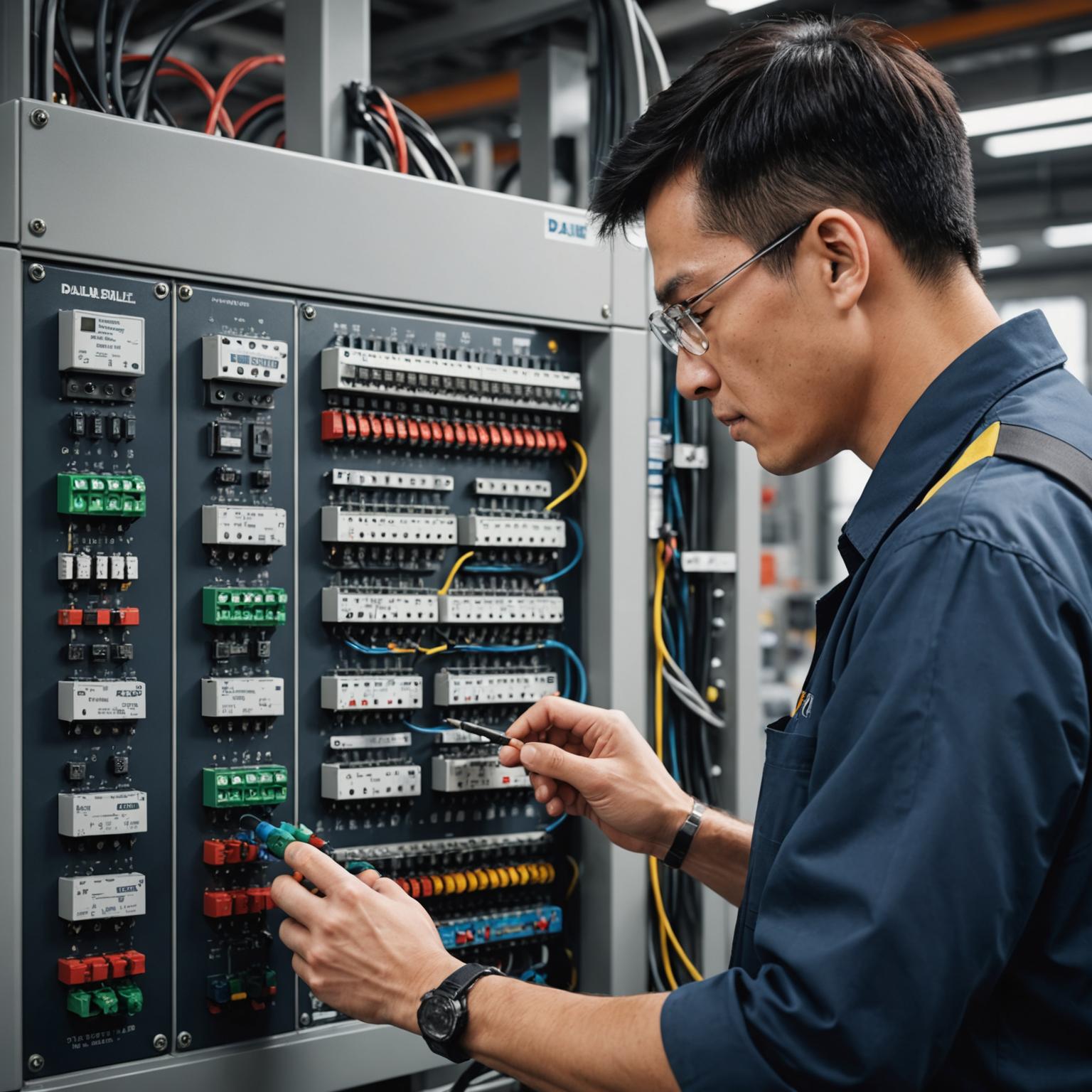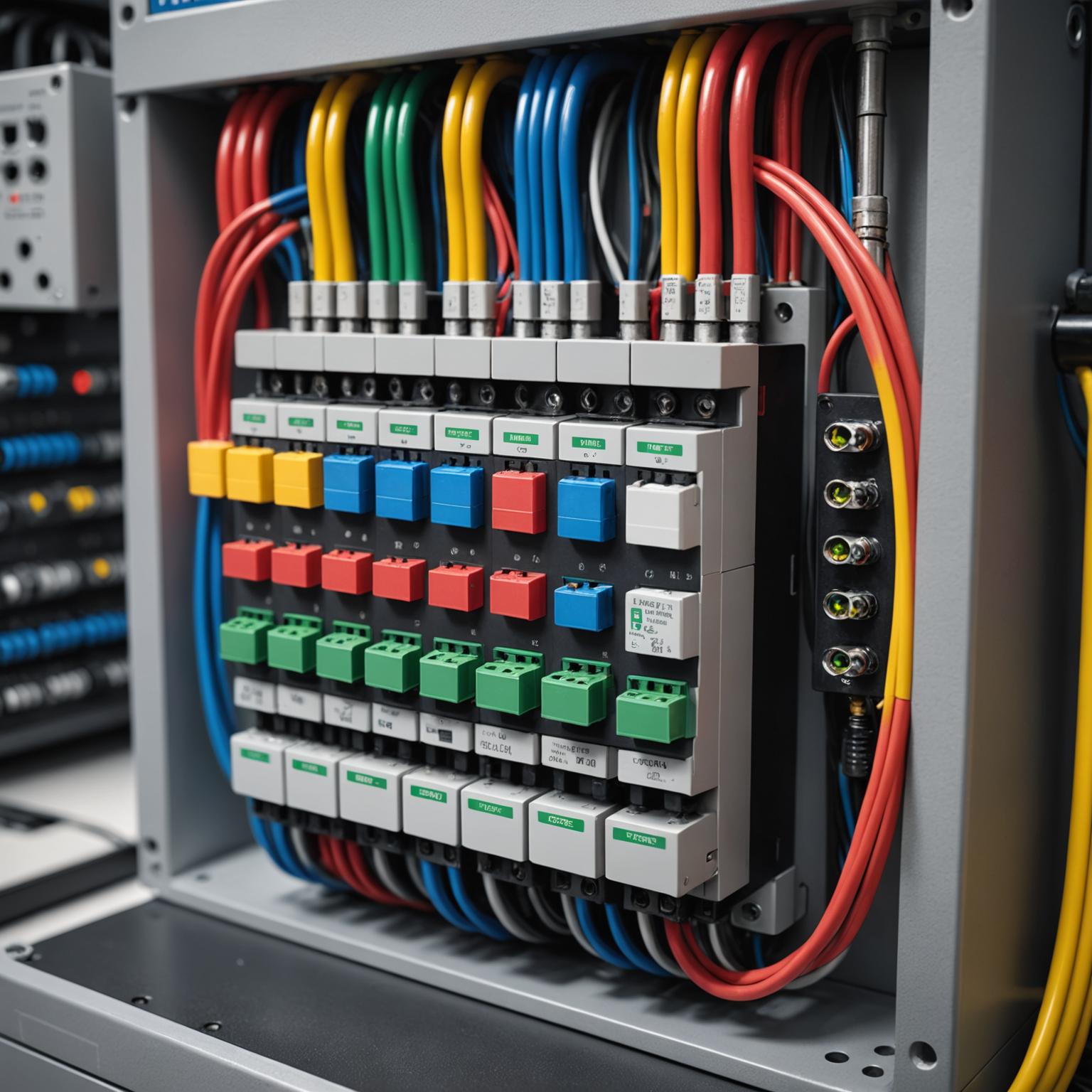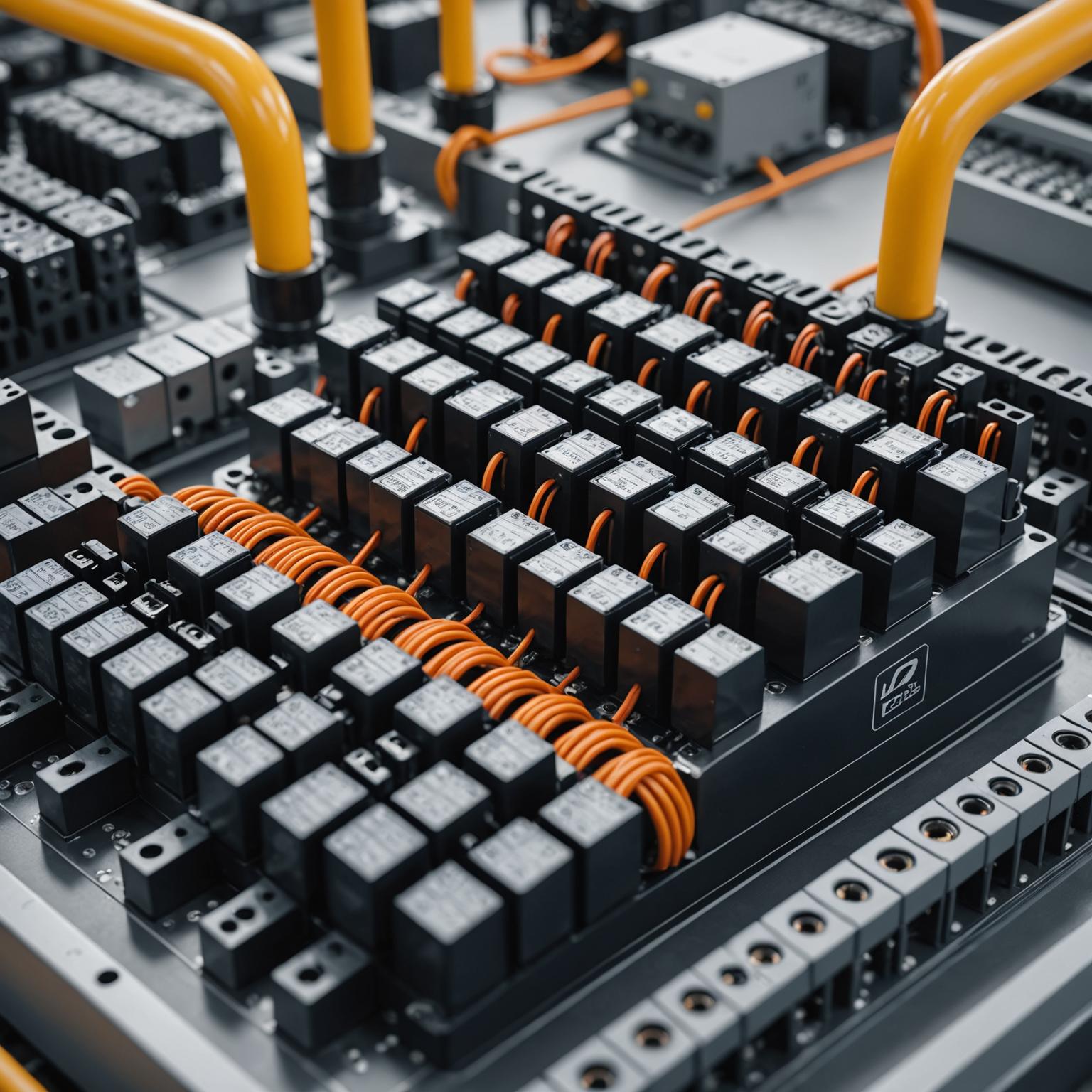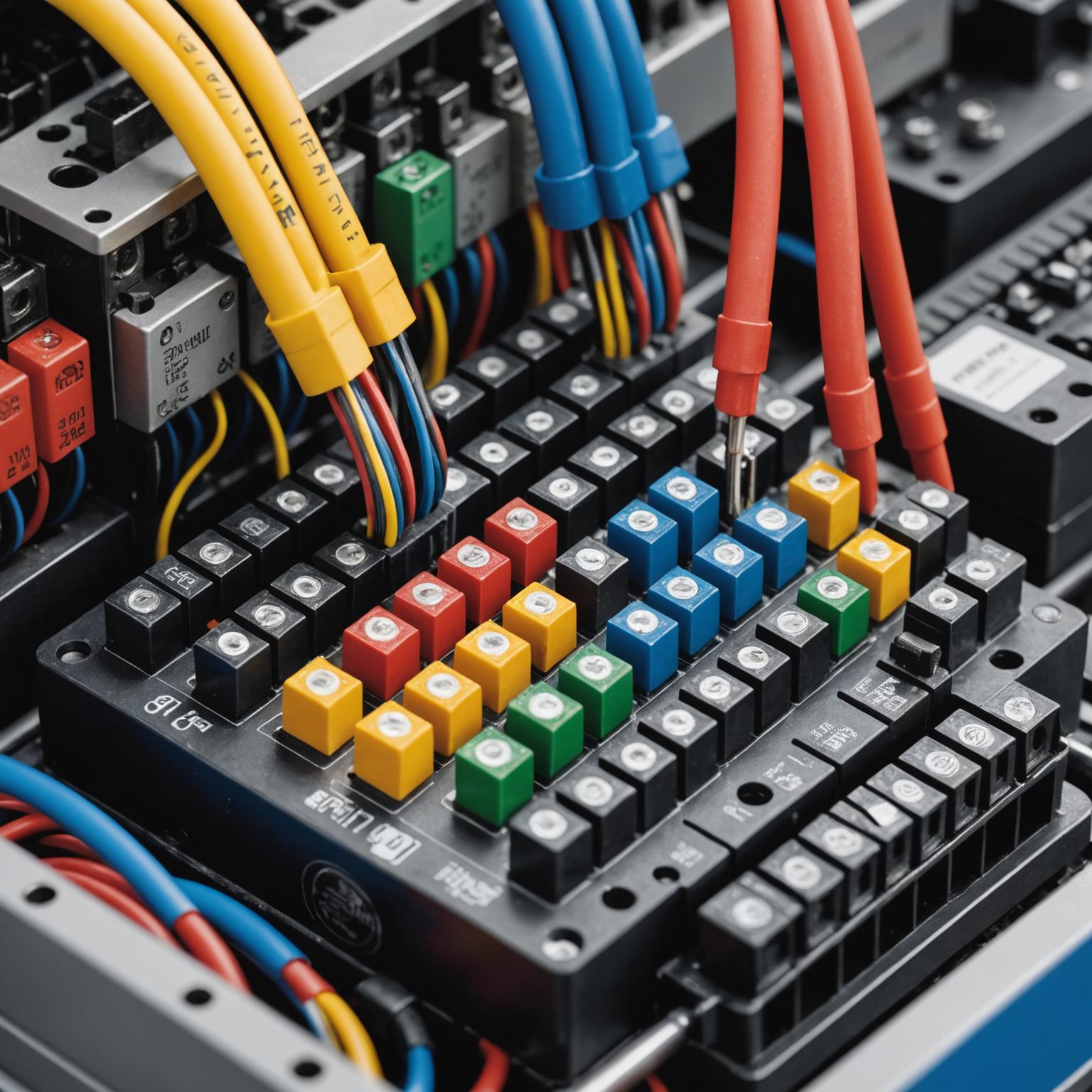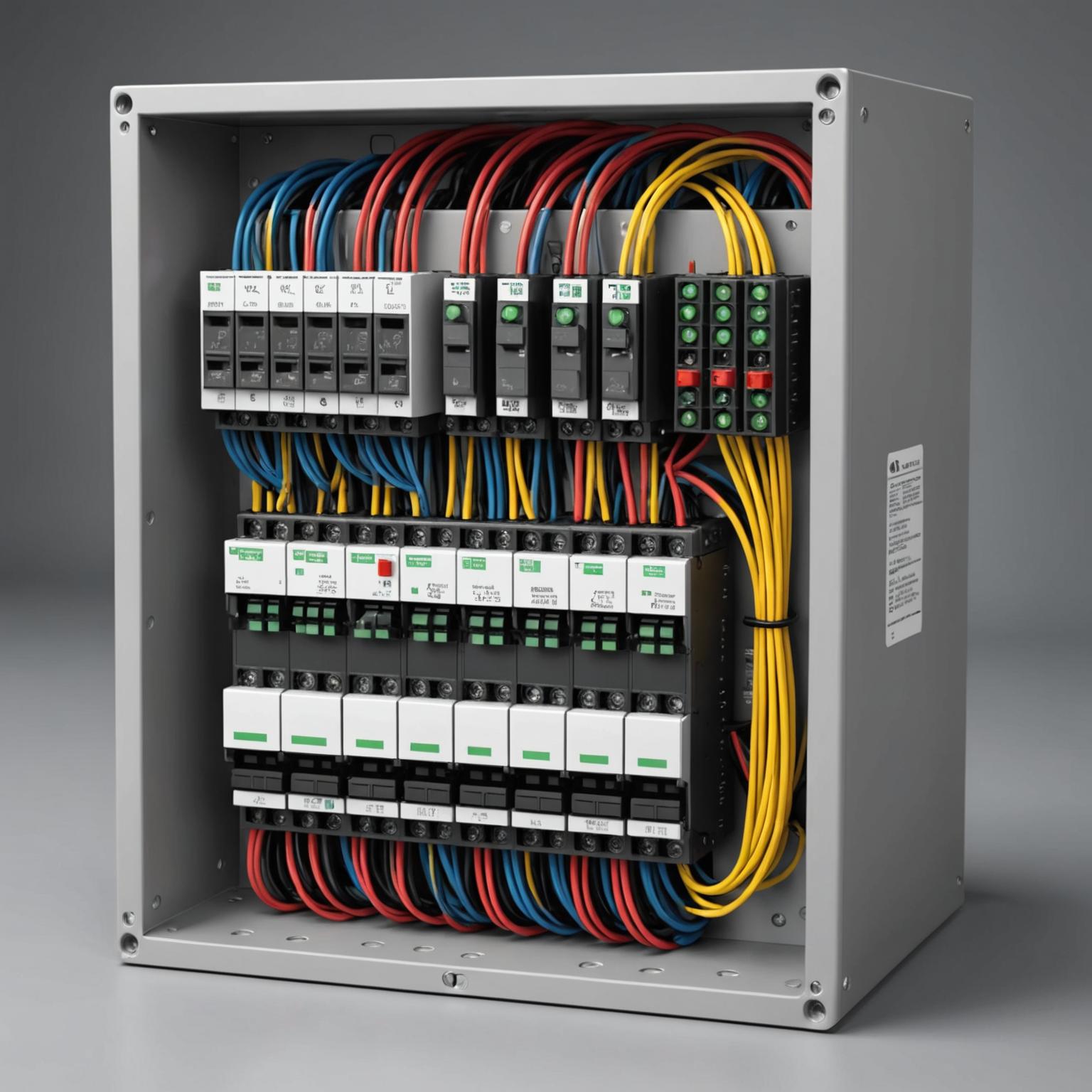Understanding the Direct End
The feed terminal block is a basic component in an electrical system that provides a connection point for the wires while allowing current to flow from one side to the other. Their unique design ensures effective direct wiring, a technology commonly used to simplify complex electrical tasks. The versatility of feed connectors makes them an essential fixture in many modular terminal blocks. 
There are various types of direct terminal blocks, each terminal is tailored for a specific application. Among them, the lever nut modular terminal block stands out in its innovative design and practicality. This special type of terminal block reflects the evolution of terminal block types, combining traditional functions with modern technological advancements. By combining the three-port design, it ensures multi-wire connections simultaneously - this is crucial for complex wiring projects.
The importance of terminal block types in electrical systems
Selecting the correct type of electrical terminal block is essential to maintaining a strong and reliable electrical system. For example, industrial terminal blocks must withstand high voltage and high current conditions and require designs that prioritize durability and safety. Lever nut modular terminal block emphasizes these needs by providing connectors that balance conductivity and stiffness, ensuring reliable performance even under severe conditions.
Terminal block types vary widely in their applications; therefore, understanding these differences can seriously affect project results. For industrial environments, direct end blocks play an indispensable role in simplifying electrical connections, which not only improve safety but also improve efficiency. The modular design of these blocks allows for adaptability and ease of installation and can accommodate standardized and customized electrical configurations.
Lever Nut Modular Terminal Block: One Step Above
Lever helical modular terminal blocks have a complex three-port design and are a perfect example of how modern components can improve the standards of electrical connections. The use of high-quality materials in its structure provides durability and minimalist aesthetics, ideal for use in densely filled electronic components.
Innovative terminal blocks feature precisely designed connectors that ensure smooth wire insertion and secure accessories. These properties are critical to achieving seamless electrical setup, minimizing the risk of interruptions from loose connections. In addition, its firm foundation accessories ensure that after installation, the setup remains stable, allowing for efficiency and elegance coordination.
Implementation Guide for Direct Wiring
The full potential of leveraging linear wiring begins with understanding its advantages and applications. It allows for simplified connection paths, reducing complexity and improving the clarity of the circuit. When used properly, the straight end block can greatly reduce installation time while enhancing system reliability.
In practical use, the use of lever nut modular terminal blocks in the setup requires minimal effort. Its intuitive design helps user-friendly components to ensure complex wiring is done relatively easily. Given these properties, it becomes a versatile device that is critical to restoring existing systems and launching innovative components.
All in all, with the continuous development of electrical systems, the importance of high-quality components such as feeding end blocks has become more obvious. With products such as Lever-Nut modular terminal blocks, engineers can focus on more innovative aspects of projects and ensure their wiring solutions provide both precision and durability. Mastering direct wiring and a firm understanding of terminal block types will undoubtedly enhance your process in a variety of electrical engineering scenarios.

